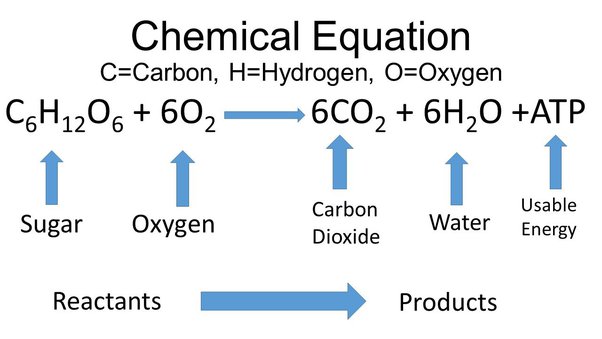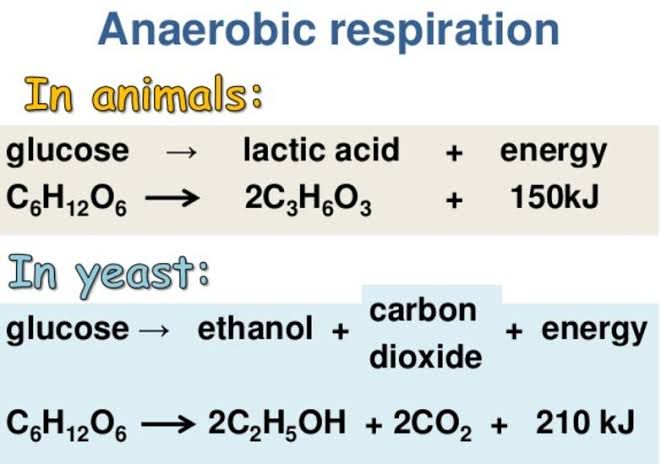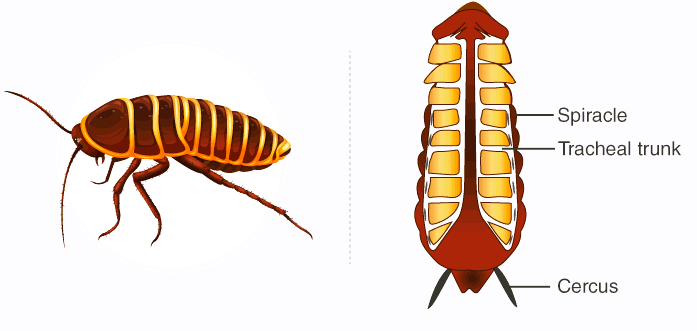Table of Contents
Aerobic Respiration
- Definition- The process of breaking down glucose in the presence of oxygen to release energy, producing carbon dioxide and water as by-products.
- Details- Aerobic respiration occurs in the cells, where oxygen is utilized to produce energy from glucose. It is the most efficient form of respiration as it releases a significant amount of energy used in various cellular activities, ensuring the survival and functionality of the organism.

Anaerobic Respiration
- Definition- The process of producing energy by the breakdown of glucose in the absence of oxygen, resulting in different by-products like lactic acid or alcohol.
- Details- Anaerobic respiration can occur during heavy exercise when oxygen supply is limited. Unlike aerobic respiration, it produces less energy and, in the case of muscle activity, results in the production of lactic acid, causing muscle fatigue.

Breathing Rate
- Definition- The number of breaths taken in a specific period, usually a minute.
- Details- An adult at rest has a breathing rate of 15-18 times per minute, which can increase up to 25 times per minute during heavy exercise. The breathing rate adjusts based on oxygen demand, ensuring that cells receive the necessary oxygen for energy production.
Also Check -Rapid Revision – Class 7 Science- Chapter 10- Respiration in Organisms
Cellular Respiration
- Definition- A set of metabolic reactions taking place in cells to convert biochemical energy from nutrients into adenosine triphosphate (ATP), and then release waste products is called Cellular Respiration.
- Details- It’s essential for survival, as it provides the energy necessary for various cellular functions. It can be either aerobic or anaerobic, based on the presence or absence of oxygen.
Diaphragm
- Definition- A dome-shaped muscle located at the base of the lungs that plays a crucial role in breathing.
- Details- The diaphragm contracts during inhalation, creating a vacuum that allows the lungs to expand and fill with air. During exhalation, it relaxes, reducing the space in the chest cavity and pushing the air out of the lungs.
Exhalation
- Definition- The process of expelling air from the lungs, rich in carbon dioxide, as part of the breathing process.
- Details- Exhalation occurs after inhalation, where the diaphragm relaxes, and the lung volume decreases, forcing carbon dioxide-rich air out of the body, completing the respiratory cycle.
Gills
- Definition- Specialized respiratory organs in aquatic animals like fish, that allow them to extract oxygen from water.
- Details- Gills are richly supplied with blood vessels, facilitating the exchange of gases. Oxygen dissolved in water is absorbed into the bloodstream, and carbon dioxide is expelled from the blood into the water through the gills.
Lungs
- Definition- Main respiratory organs in mammals, located in the chest cavity, responsible for the exchange of oxygen and carbon dioxide.
- Details- Lungs are spongy organs where inhaled oxygen is passed into the blood, and carbon dioxide from the blood is expelled during exhalation. They play a crucial role in the breathing process, supporting cellular activities throughout the body.
Inhalation
- Definition- The process of taking air into the lungs, enriched with oxygen, as part of the breathing process.
- Details- During inhalation, the diaphragm contracts and the ribcage expands, allowing the lungs to expand and fill with air. This oxygen-rich air is transported to cells in the body, supporting various biological functions.
Spiracles

- Definition- Small openings located on the body of insects, involved in the intake of air for respiration.
- Details- Spiracles allow the flow of air into the tracheae, facilitating the delivery of oxygen directly to the cells, and aiding in the removal of carbon dioxide, a waste product of cellular activities.
Tracheae
- Definition- Tubes in insects that convey air directly to tissues and organs for gas exchange.
- Details- In insects like cockroaches, the tracheae connected to the spiracles ensure that oxygen reaches all body cells, and carbon dioxide is efficiently removed, supporting the insect’s metabolic processes.
Ribs
- Definition- Bones surrounding the chest cavity, providing structural support and aiding in the breathing process.
- Details- Ribs protect vital organs in the chest, such as the heart and lungs. During inhalation, they move upward and outward, allowing the lungs to expand, and during exhalation, they move downward and inward, helping the lungs expel air.
Also Check – NCERT Exemplar Solutions- Class 7 Science Chapter 6- Respiration in Organisms.
Also Check – What is Respiration Class 7 – Chapter 10- Respiration in Organisms
Also Check –Class 7 Science -Chapter 10- Respiration in Organisms- Complete Notes
Also Check –NCERT Solutions for Class 7 Science Chapter 10 Respiration in Organisms
Also Check –Chapter 10- Respiration in Organisms–Class 7 science Question and Answer (Short)
Also Check –Chapter 10- Respiration in Organisms–Class 7 Science – Question and Answer (Long Answer)
Also Check –Chapter 10- Respiration in Organisms–Class 7 science Question and Answer (MCQs)
Also Check –Chapter 10- Respiration in Organisms–Class 7 science- Question and Answer (Fill in the Blanks)

